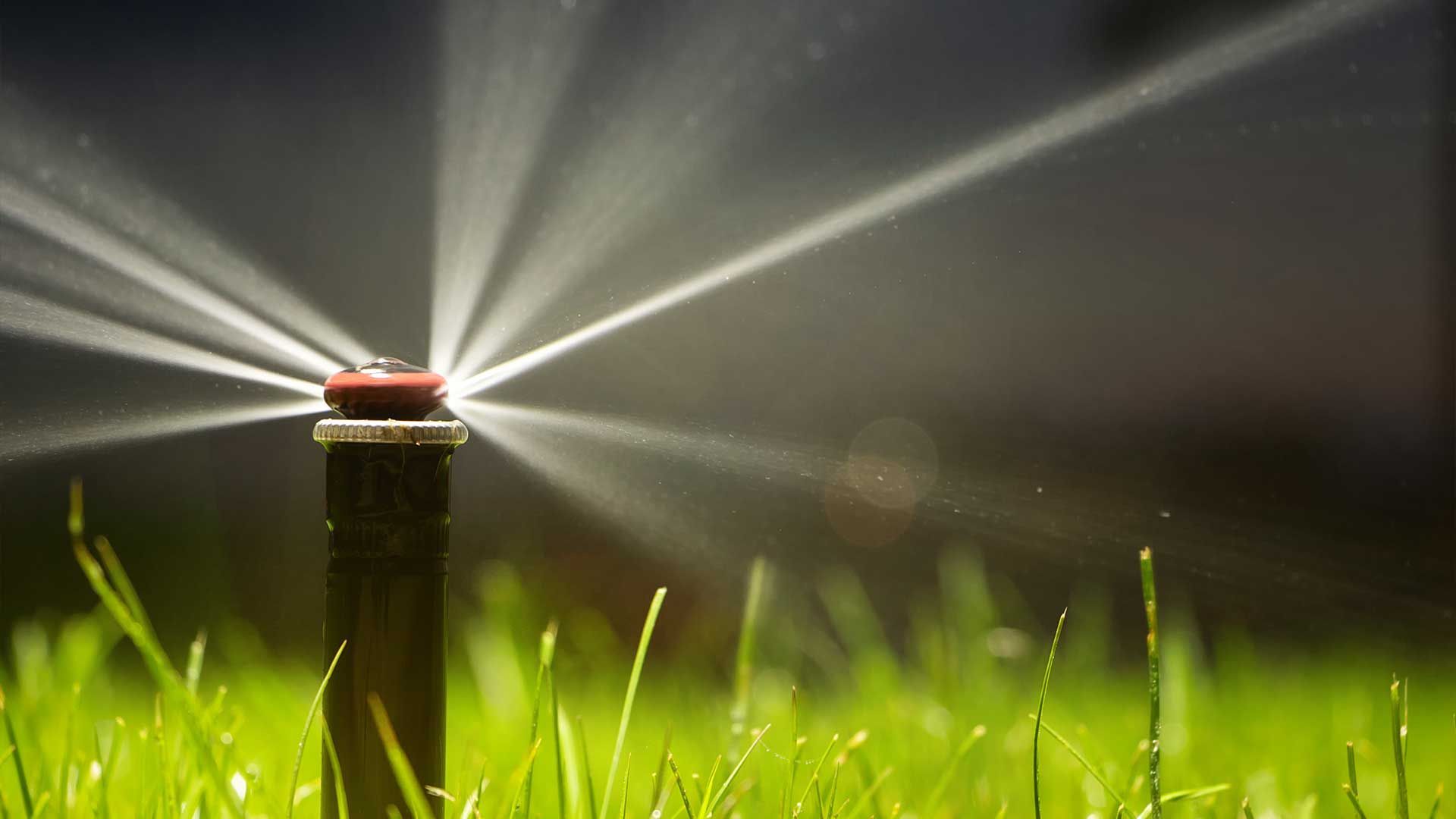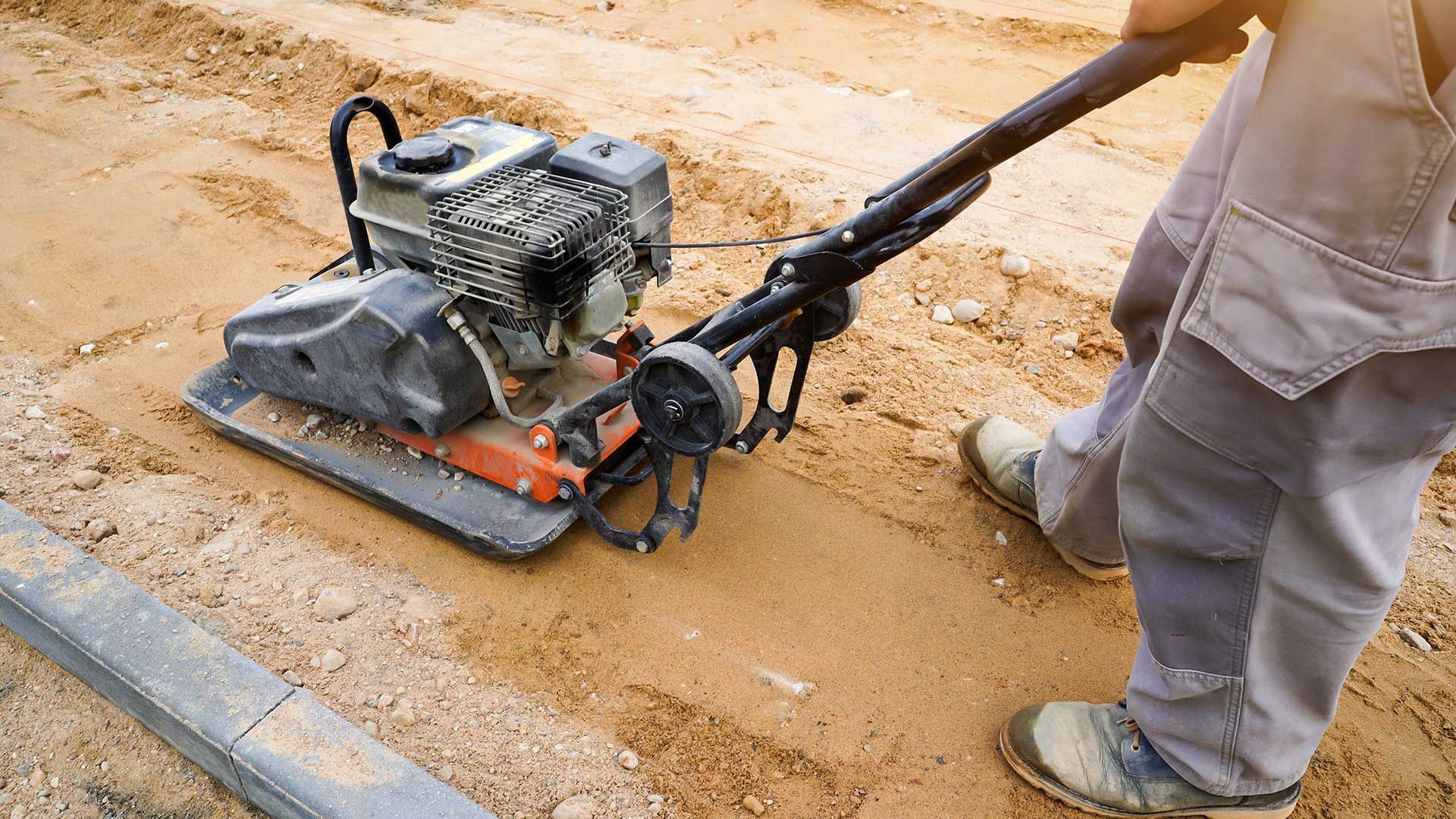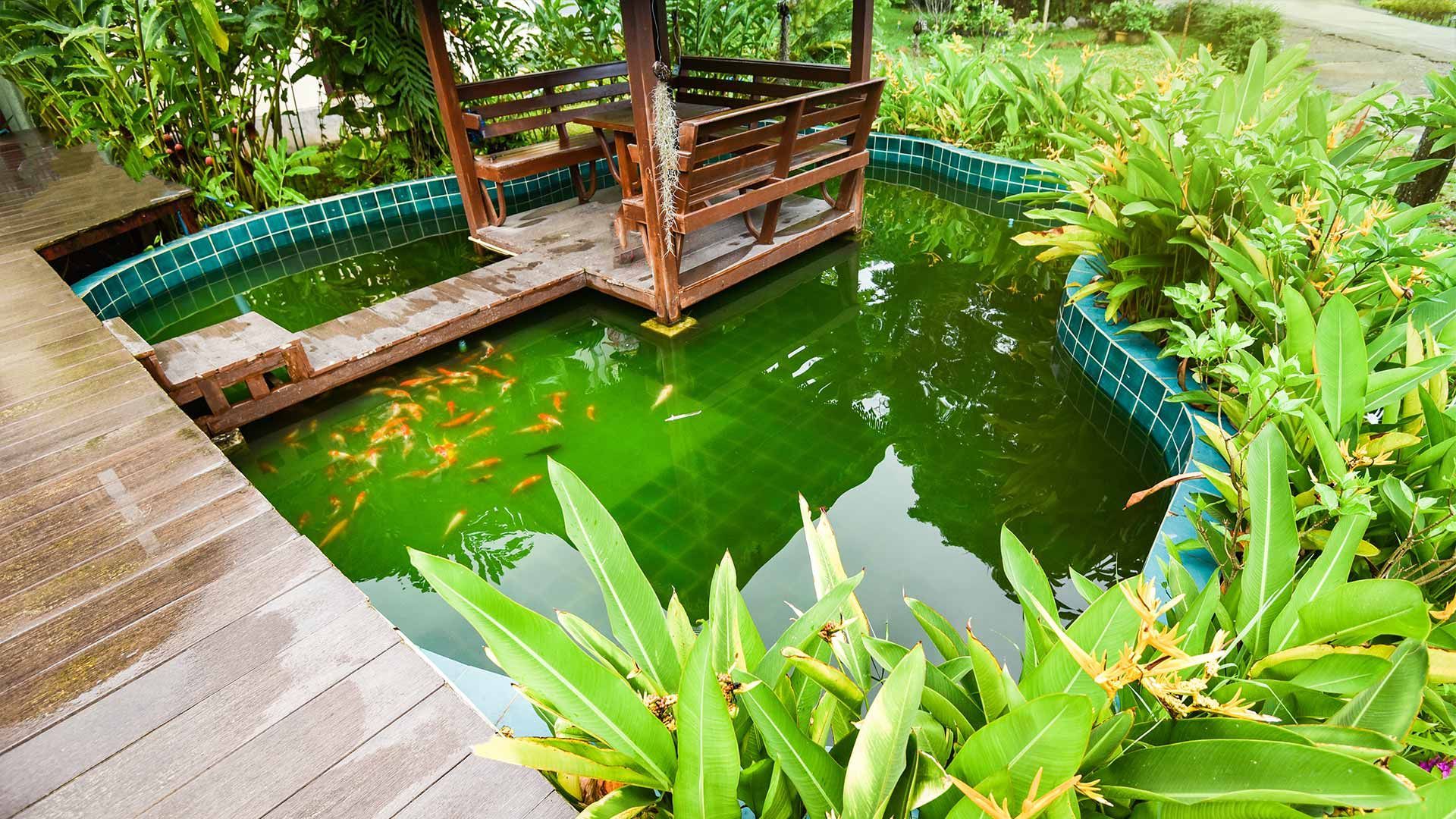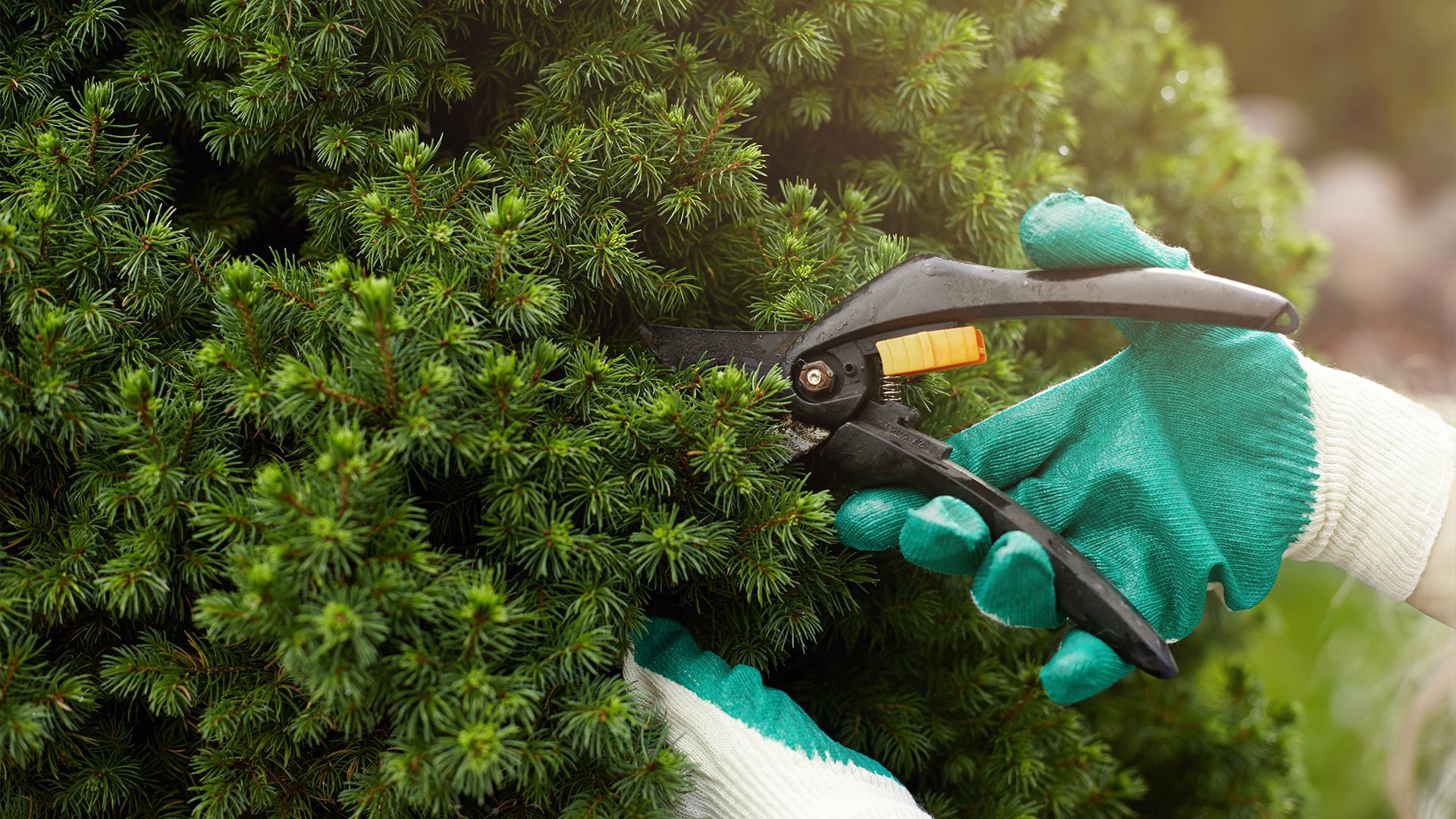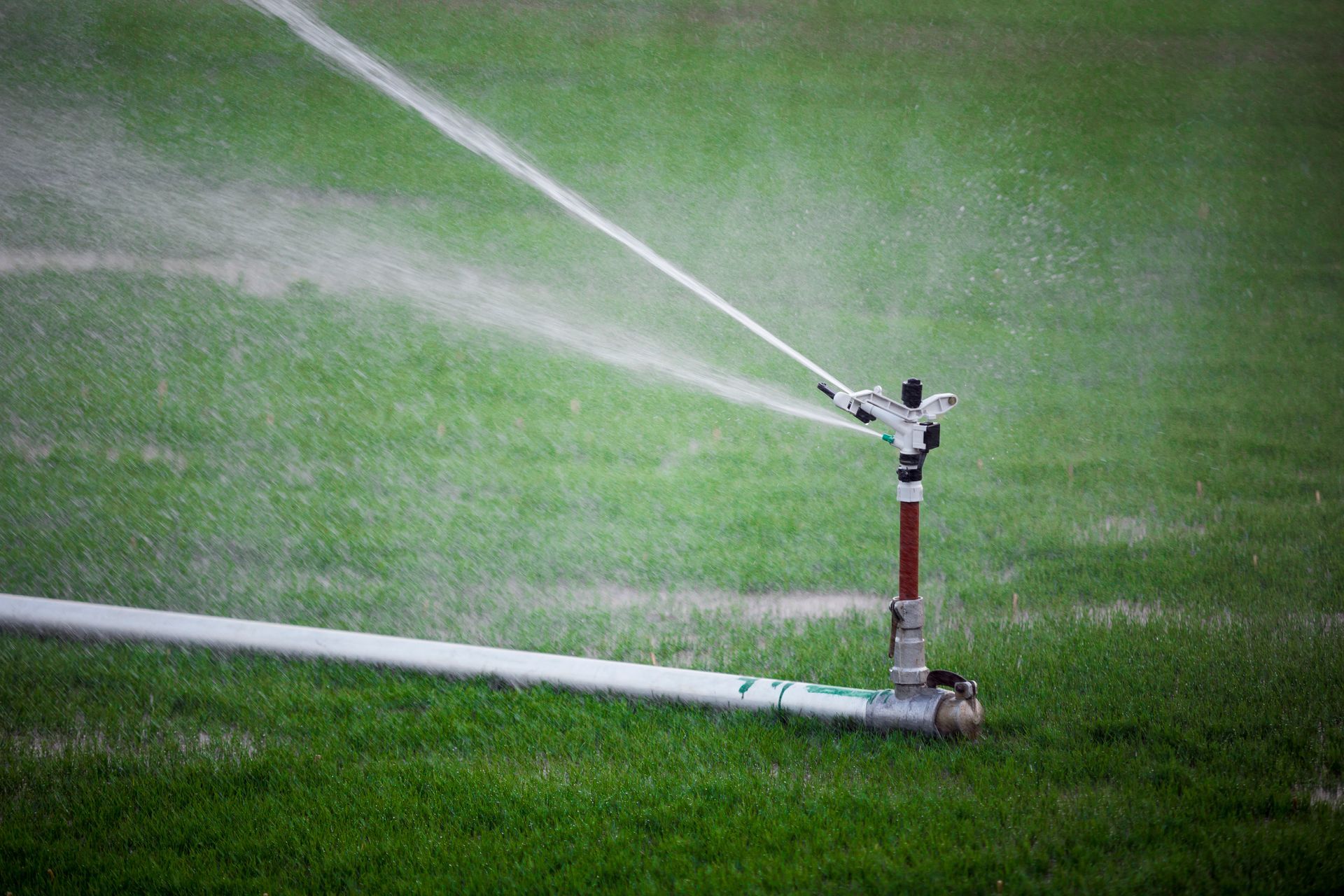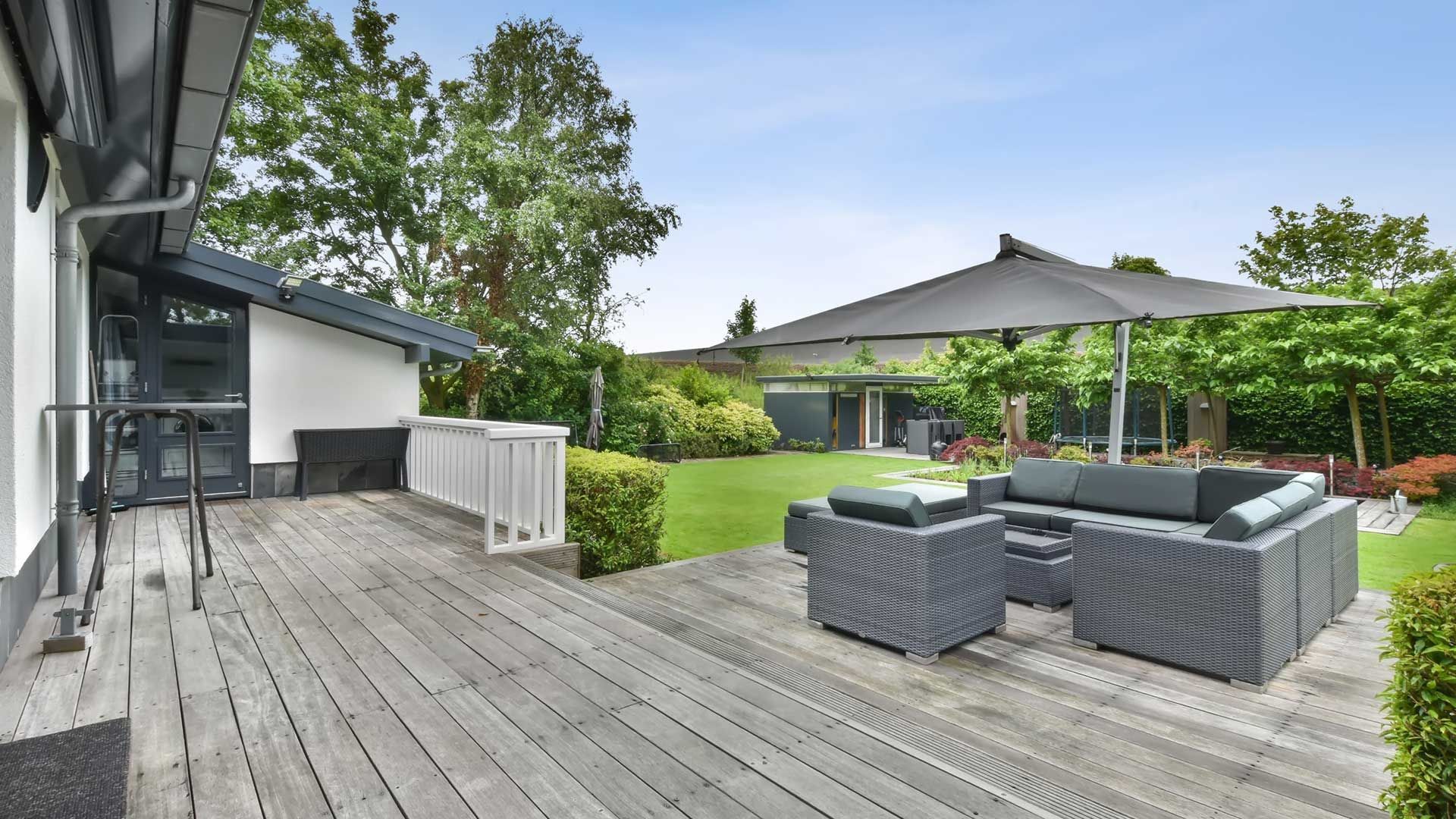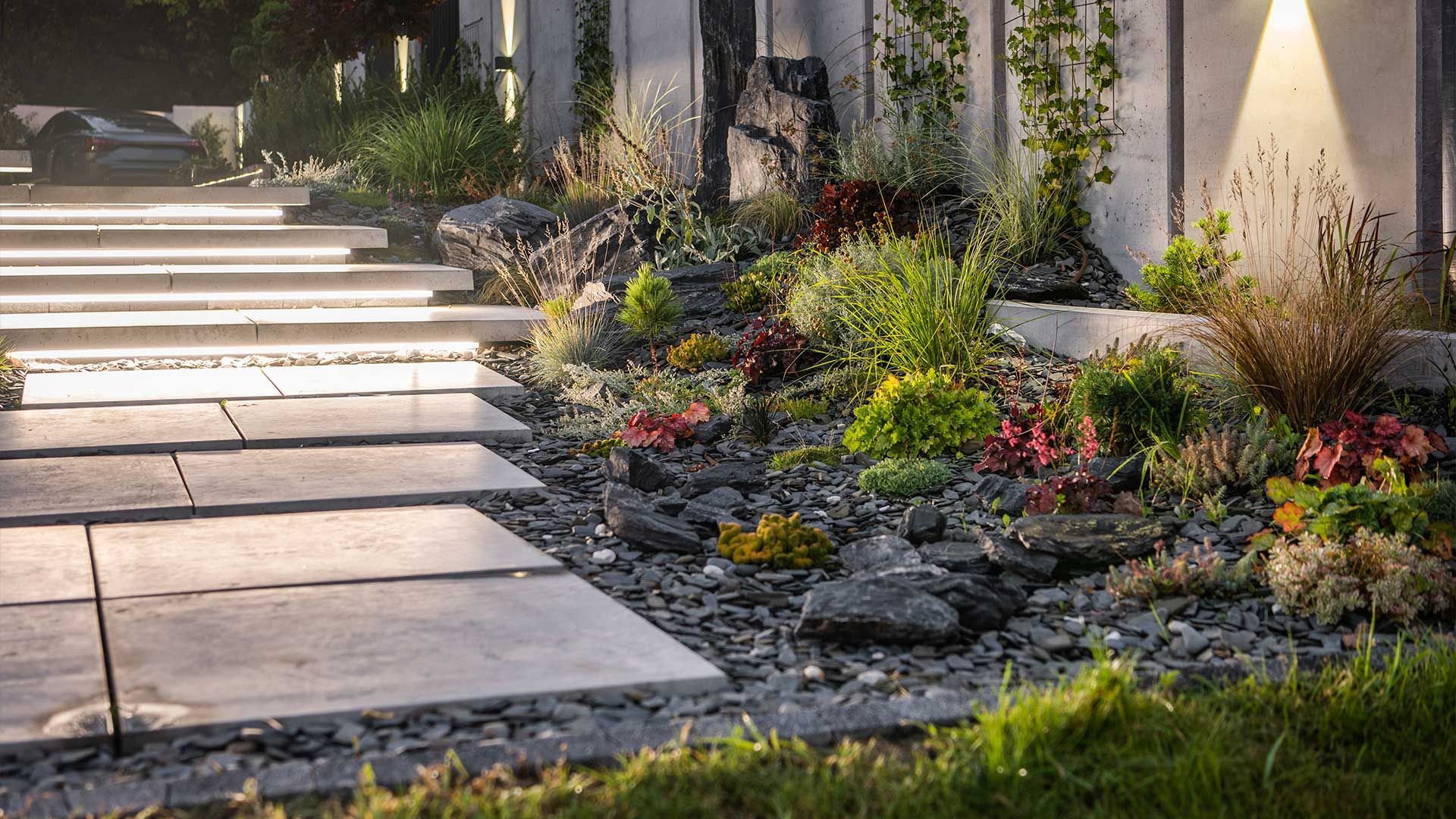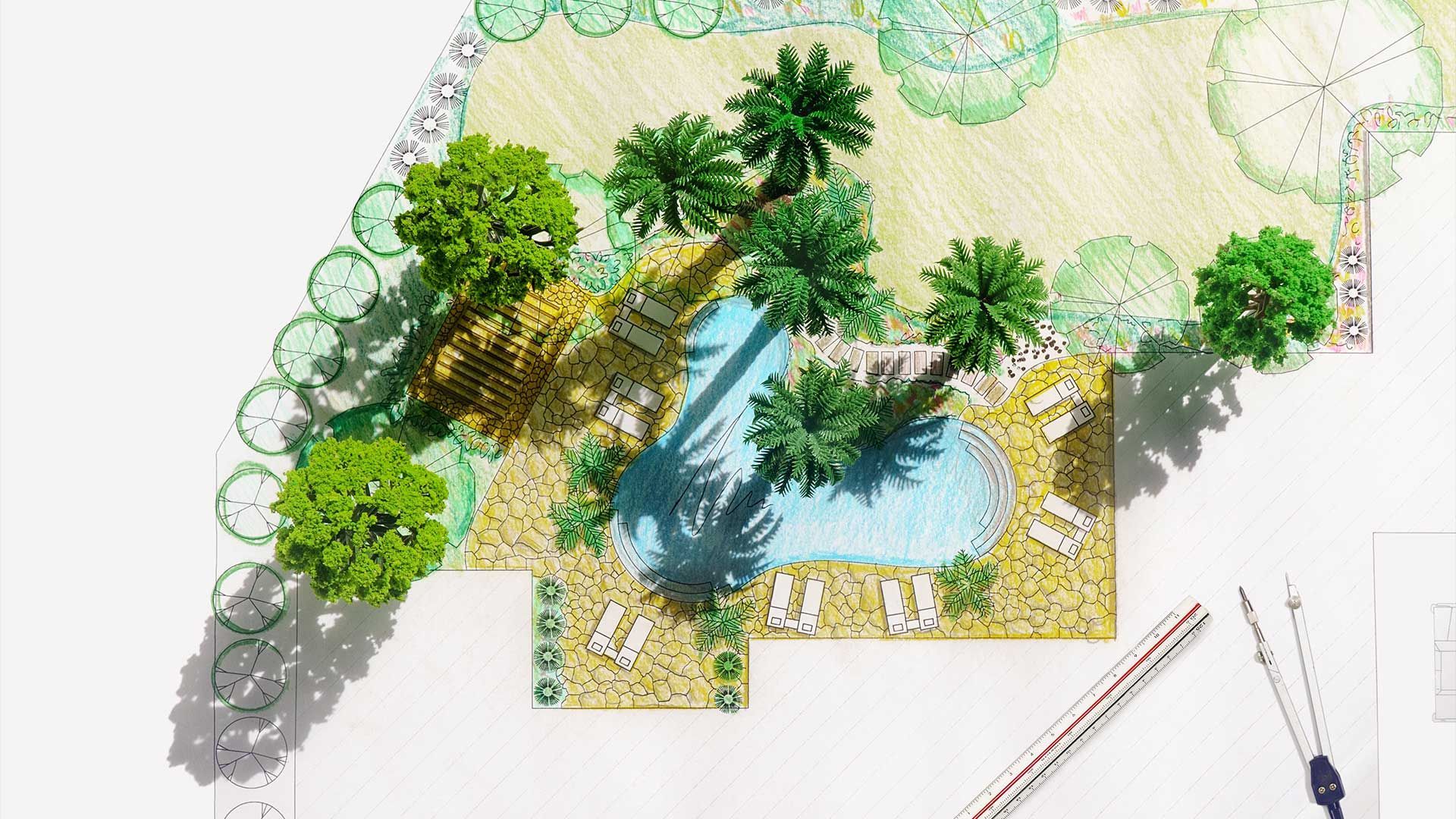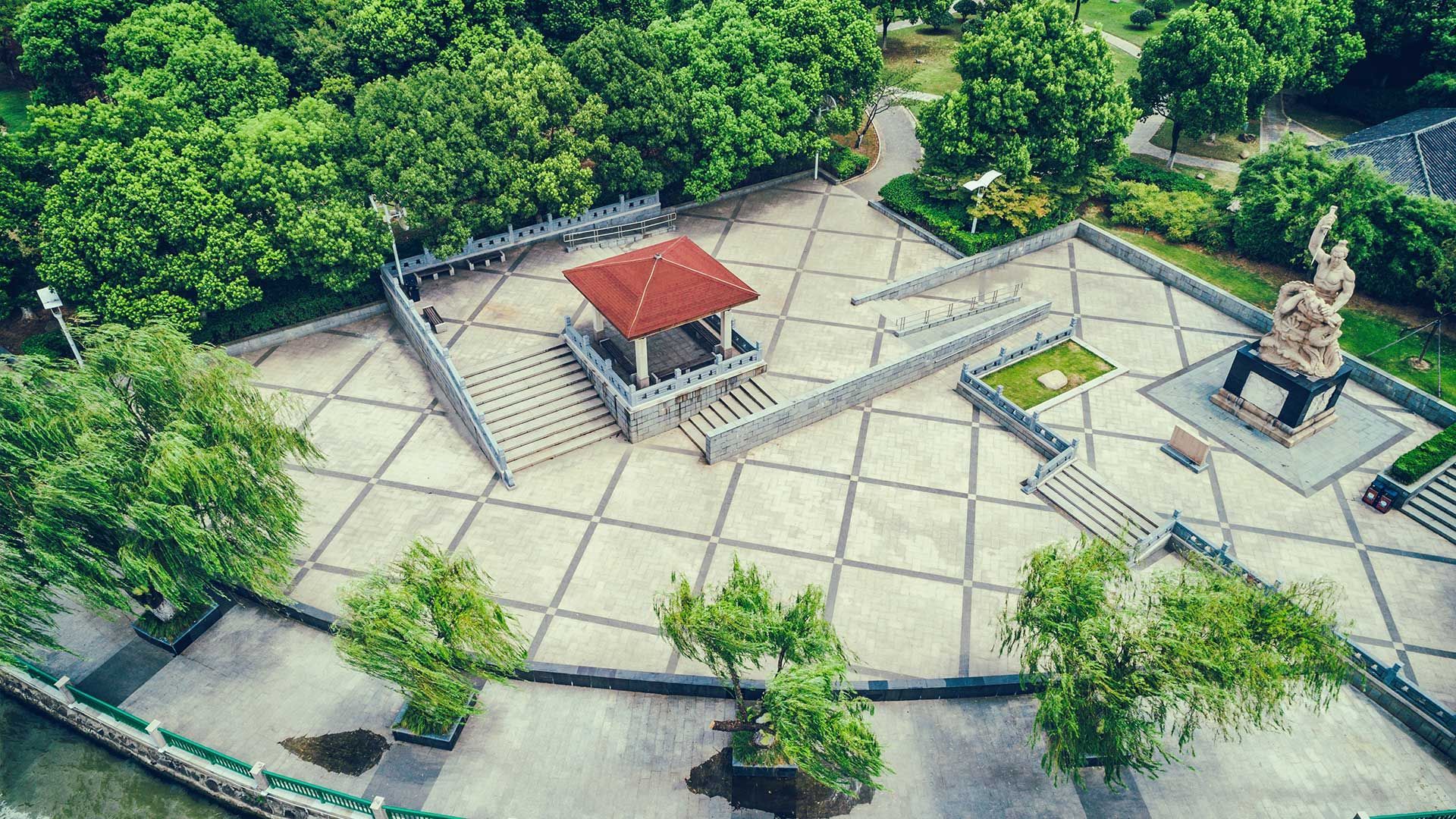Transforming Your Backyard: Integrating a Deck and Retaining Wall into Your Landscape Design
The Basics of Deck and Retaining Wall Design
Decks and retaining walls are key parts of many beautiful backyards. A deck is like a flat platform, usually made of wood or composite materials, where you can sit and enjoy the outdoors. A retaining wall, on the other hand, is built to hold back soil, creating a flat area in a sloped yard or adding a decorative element to your garden.
When it comes to designing these structures, there are lots of styles to choose from. You can have a deck that’s close to the ground or one that’s raised, depending on your house and yard. Retaining walls can be made of stones, bricks, or concrete, and they can be as simple or as fancy as you like.
Both decks and retaining walls should be designed to blend with your home and the natural surroundings. They should be more than just useful; they should also look good and make your backyard a more enjoyable place.
Planning Your Space
Before you start building a deck and retaining wall, it's important to plan your space carefully. Here’s how to get started:
Assess Your Backyard:
Look at the size and shape of your yard. Think about how much space the deck and retaining wall will take up and how they will fit in with the rest of your garden.
Designing a Layout:
Consider how you want
everything to look. You might want your deck to have a view of the garden or be close to the house for easy access. The retaining wall can be used to create a flat area for more gardening or as a beautiful backdrop.
Think About the Sun and Shade: Notice where the sun shines in your yard and where it’s shady. You might want to build your deck where you can get plenty of sun or where there’s enough shade to stay cool.
Drainage is Important: Make sure that where you plan to build your deck and retaining wall won’t have problems with water. Good drainage is important to keep everything in good shape.
Planning takes time, but it's worth it to make sure your deck and retaining wall are just right for your backyard.
Combining Functionality and Aesthetics
When designing your deck and retaining wall, it’s important to think about both how they will be used and how they will look. You want these features to be practical and beautiful. Here’s how to achieve that balance:
Functional Design: Consider what you’ll use the deck for. Do you want space for dining, relaxing, or both? For the retaining wall, think about whether it’s mostly for looks or if it needs to hold back a lot of soil.
Aesthetic Appeal: Choose styles and materials that complement your home and garden. The deck and retaining wall should look like they belong there.
Adding Features: You can make these areas even more enjoyable by adding features. Benches or built-in planters on the deck, and plants or decorative stones on the retaining wall can add beauty and interest.
Combining functionality with aesthetics means you’ll end up with a deck and retaining wall that not only meet your needs but also make your backyard a lovely place to be.
Material Selection for Durability and Style
Choosing the right materials for your deck and retaining wall is crucial for both their durability and style. Here’s how to make the best choice:
Deck Materials:
Common options include wood, like cedar or redwood, and composite materials. Wood gives a natural look but requires more maintenance, while composites are more durable and require less upkeep.
Retaining Wall Materials: You can choose from natural stone, concrete blocks, or even bricks. Stone offers a classic, sturdy appearance, while concrete blocks can be more modern and come in various designs.
Consider the Climate:
Think about the weather in your area. Some materials hold up better in certain climates than others.
Think About Maintenance:
Some materials need more care than others. If you don’t want to spend a lot of time on upkeep, choose materials that are low-maintenance.
Your choice of materials will affect how your deck and retaining wall look and how long they last, so take your time to pick what’s best for your backyard.
Overcoming Common Challenges
When integrating a deck and retaining wall into your backyard, you might face some common challenges. Here's how to tackle them:
Dealing with Sloped Land: If your backyard is sloped, installing a retaining wall can create a level area for your deck. This can be a complex process, so it’s important to consult with professionals.
Limited Space: In smaller yards, designing a deck and retaining wall that fit well without overwhelming the space is key. Creative design solutions, like tiered retaining walls or multi-level decks, can maximize space efficiently.
Matching Existing Landscaping:
It’s important to design your deck and retaining wall to complement your existing landscaping. This might involve choosing materials and plants that blend well with what you already have.
Budget Constraints: Balancing your vision with your budget can be challenging. Prioritize your needs and consider phased construction if necessary to spread out costs.
By anticipating and planning for these challenges, you can ensure a smoother project and a more enjoyable backyard space.
DIY vs. Professional Installation
Deciding whether to take on building a
deck and retaining wall as a DIY project or to hire professionals is a significant decision. Here are some factors to consider:
Skill Level:
Assess your own skills and experience. Building a deck and retaining wall can be complex, especially if there's landscaping or sloping involved.
Complexity of the Project: Consider the size and design of your deck and retaining wall. Larger or more intricate designs might be better handled by professionals.
Time and Effort:
Do you have the time to dedicate to a big project like this? Professional installations are quicker and can save you time.
Safety and Regulations: Professionals know the local building codes and safety standards. They can ensure that your deck and retaining wall are built safely and legally.
Cost:
While DIY might seem cheaper, mistakes can be costly. Professionals can sometimes get materials at a lower cost and guarantee the quality of their work.
Weighing these factors can help you decide whether to embark on a DIY project or bring in the experts for your deck and retaining wall.
Maintenance and Upkeep
Proper maintenance and upkeep are essential to ensure your deck and retaining wall remain safe and attractive for years to come. Here’s what you need to keep in mind:
Regular Inspections:
Periodically check your deck and retaining wall for any signs of wear and tear, such as loose boards or stones, cracks, or rot.
Cleaning:
Regular cleaning can prevent buildup of dirt and debris. For decks, gentle washing and, if necessary, resealing will keep the wood in good condition. For retaining walls,
removing any vegetation that starts to grow in the cracks is important.
Immediate Repairs: Address any damage as soon as it's noticed. Small issues can quickly become bigger problems if left unattended.
Seasonal Preparations: Prepare your deck and retaining wall for different weather conditions, such as waterproofing before the rainy season or clearing snow promptly in winter to prevent damage.
Proactive maintenance not only prolongs the life of your deck and retaining wall but also ensures they remain a safe and enjoyable part of your backyard.
Conclusion
Creating an inviting outdoor space with a deck and retaining wall is an exciting journey that can significantly
enhance your living experience. This transformation not only elevates the aesthetics of your backyard but also provides a functional area for relaxation and entertainment. With careful planning, the right materials, and proper maintenance, your deck and retaining wall will be a source of pride and enjoyment for years to come.
If you're considering adding these features to your backyard but need some expert guidance or professional services, Carolina Custom Landscape and Design dba Plants Unlimited is here to help. Our team of experienced professionals can assist you in every step of the process, from design to installation and maintenance.
For more information or to schedule a consultation, please call us at
919-801-8483. At
Carolina Custom Landscape and Design dba Plants Unlimited, we are committed to bringing your vision to life with quality craftsmanship and exceptional service. Let us help you transform your backyard into the perfect outdoor retreat.
